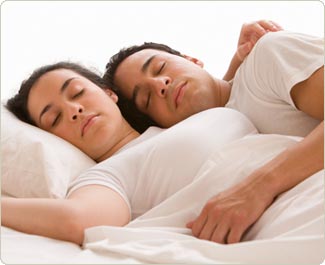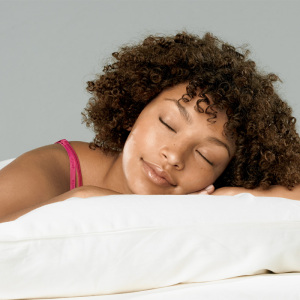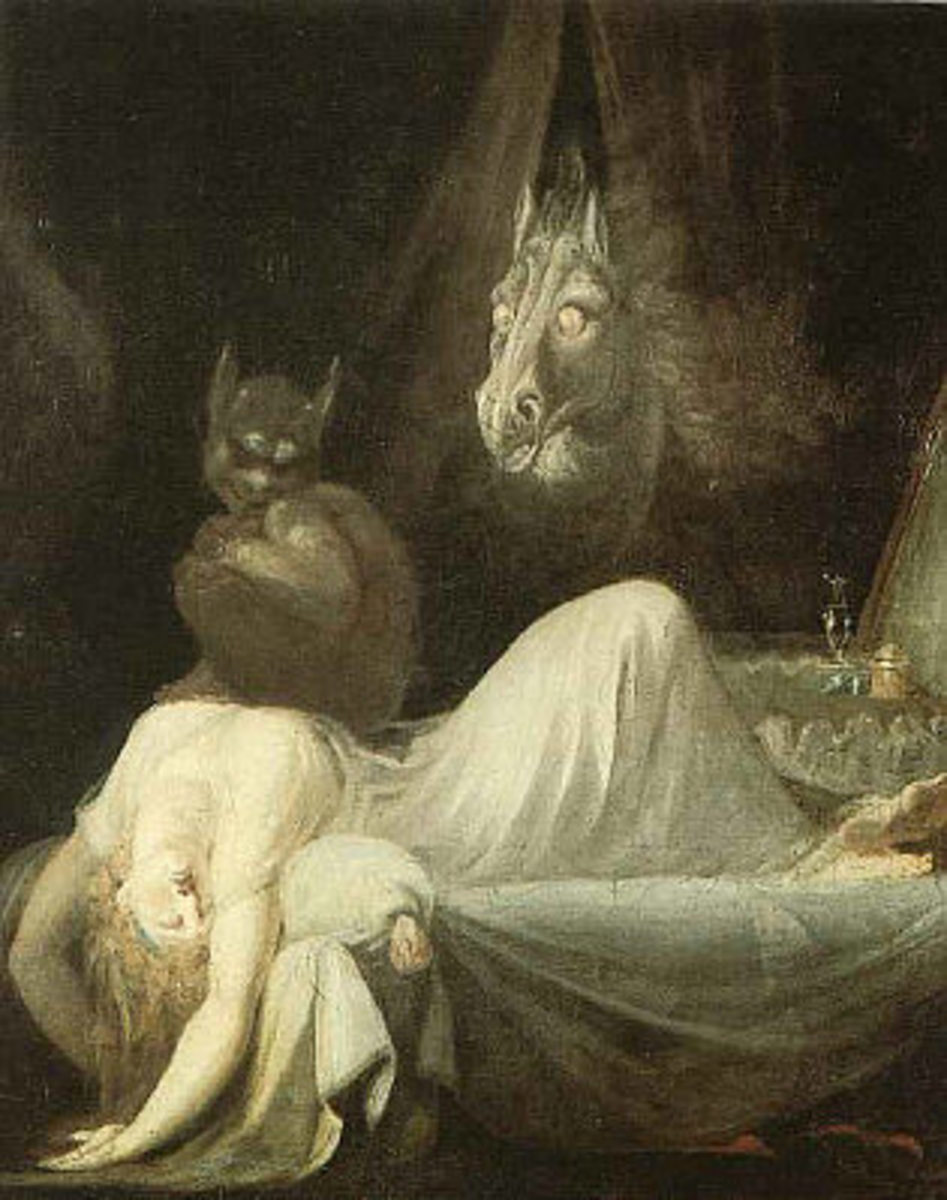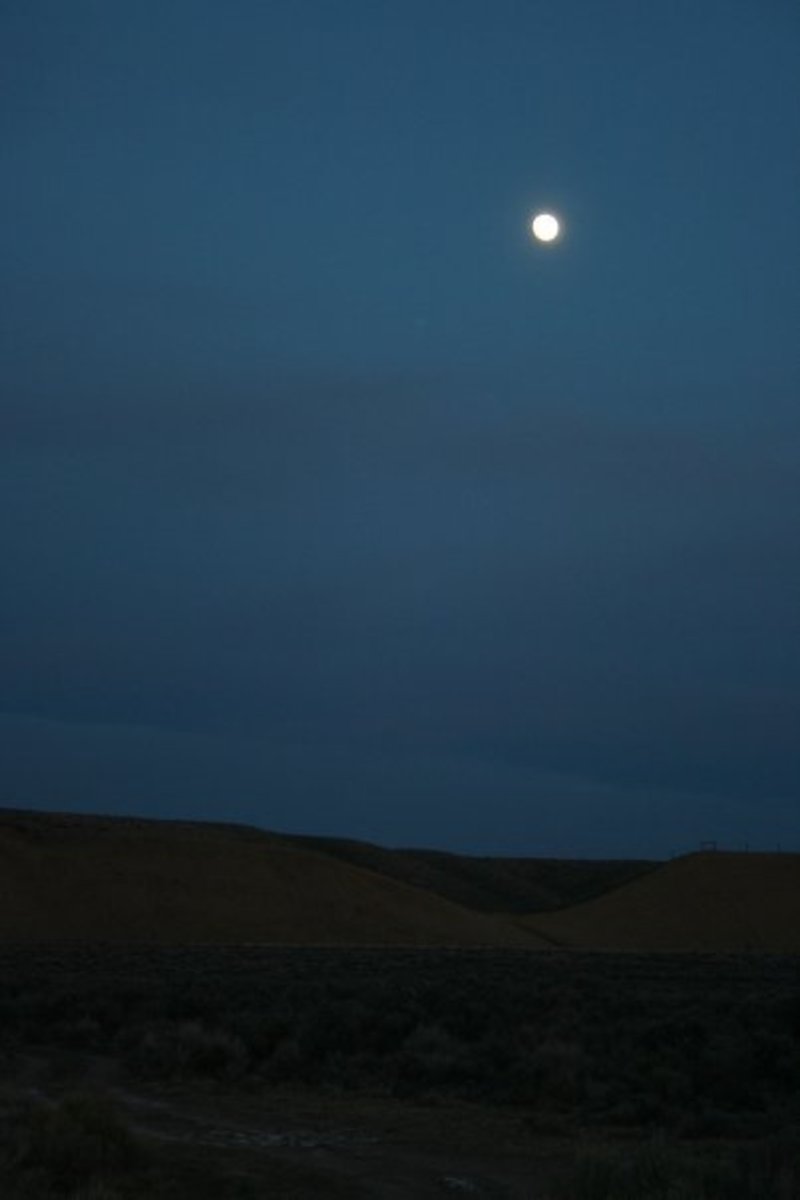The Physiology of Sleep

The objective of this paper is to briefly inform the reader about the facts of sleep. In the previous century, scientists and philosophers assumed that sleep is a passive unconscious state (Datta and MacLean 2007). However, research has shown that during sleep, the neuron cells within the midbrain actively maintain the brain making it responsive to internal rather than external stimuli (Datta and MacLean 2007). Hence, sleep is defined by the following maxims: it is a state of unconsciousness from which a person can be aroused; it is a state in which the brain is active and at some stages dynamic. The hypothalamus region of the brain is responsible for regulating sleep. Neurotransmitters inhibit regions of the hypothalamus that keeps the body awake causing a person to fall asleep. Although the exact function of sleep is unknown, it is a critical state organisms require to live. An experiment conducted by Shepard et al (2005) show rats that were deprived of sleep became hyper metabolic, lost weight despite food intake, developed skin lesions, eroded gastrointestinal tracts, hypothermia and ultimately died of sepsis. Hence, it is fair to deduce that sleep assists in maintaining metabolism, body temperature, growth hormone levels and the immune system.
A landmark experiment conducted in the 1953 by researchers Nathaniel Kleitman and Eugene Aserinsky in the University of Chicago classified sleep in to two main categories. The first is Non Rapid Eye Movement (NREM) and the second is Rapid Eye Movement (REM). Non Rapid Eye movement refers to the relaxation of the eye muscles, which is seen as an indication of complete bodily rest. Meanwhile, Rapid Eye movement refers to the twitching and quick movements of eye muscles, during which the brain is dynamic. Human NREM and REM sleep alternate throughout each of the four or six sleep cycles that occur every night (Datta and MacLean 2007). NREM and REM sleep continue in a cycle after every 90 to 120 minutes (Datta and MacLean). REM sleep occupies 20% of our total sleep time while NREM occupies the rest 80% (Datta and MacLean 2007). NREM is further categorized into 4 stages. Stage one is light sleep where a person slowly drifts between wakefulness and sleep. Stage 1 NREM sleep is characterized by low voltage, mixed frequency activity (3–7 Hz) and vertex sharp alpha waves on the Electroencephalogram, which is a machine used to monitor brain waves (Datta and MacLean 2007). Stage 2 of the NREM sleep is characterized by slow (<1 Hz) oscillations with distinctive sleep spindles and beta waves on the EEG (Datta and MacLean 2007). A person spends most of the night in this portion of the sleep cycle. Stage three and four are account for the final portion of the NREM sleep cycle. Stage 3 and 4 sleep is the deepest stages of the NREM sleep and is characterized by low frequency delta waves on the EEG (Datta and MacLean 2007). REM sleep, which follows NREM stage 4 sleep, is characterized by fast oscillations in the on the EEG, very low muscle tone, rapid eye movements, high blood pressure and increased heart rate (Datta and MacLean 2007). Nathaniel Kleitman and William Dement correlated the length of REM sleep with the subjective length of dreams and established an association between REM sleep and dreaming (Datta and MacLean 2007). REM sleep is characterized on the EEG with saw toothed waves which are similar to the waves when a person is awake.
The amount and type of sleep humans have varies throughout life. Infants sleep the most when compared to adults. Schmitt et al (2009) note that compared to children, elders are more awake with higher factors of REM sleep and lower values for deep NREM sleep. A 2005 Gallup poll in the USA found that the average sleep duration for adults (age ≥18 years; mean = 49 years) was 6.8 hours on weekdays and 7.4 hours on weekends (Banks and Dinges 2007). Sleep has been found to change with advanced age with elders having fragmented sleep with frequent arousals and reduced duration of deep sleep (Schmitt et al 2009).
Many functions of the human body follow the body’s biological clock in timed schedules called circadian rhythms. The circadian rhythm is regulated by the hypothalamus region of the brain. Shea et al (2008) report circadian factors influence the regulation of sleep. The circadian rhythms spans for 24 hours in a cycle and is triggered by the increase and decrease in daylight (Datta and MacLean 2007). Tsai et al (2009) state Light influences sleep through a well characterized pathway because it triggers certain chemicals responsible setting the sleep cycle. Disruption of the circadian sleep rhythm produces irritability, reduced alertness, emotional and mental aberrations as observed in individuals who suffer jet lag and work night shifts constantly.
Sleep deprivation is unhealthy and dangerous. Banks and Dinges (2007) note restricting sleep below an individual's optimal time in bed, which recent experiments have shown is at least 7 hours for most individuals, can cause lapses of attention, slowed working memory, reduced cognitive throughput, depressed mood and perseveration of thought (Banks and Dinges 2007). Sleep deprivation can at best can lead to slight impairment of judgment which can go unrecognized by the individual; at worst it can lead to severe cognitive impairment which can prevent sound judgment such as taking unnecessary risks without fully realizing the danger involved with such a choice. Also, there is evidence that reduced sleep duration is associated with larger body mass index and may be a contributing factor to obesity, morbidity, and mortality (Banks and Dinges 2007).
Since sleep and wakefulness are triggered by neurons in the brain, they are susceptible to alteration by foreign substances such as prescription drugs, illegal drugs, tobacco and alcohol. During drinking periods and withdrawal, alcoholics commonly experience problems falling asleep and decreased total sleep time due to disruption of REM and stage 3 and 4 of NREM sleep (Brower 2001). Individuals who wish to have sound nights of sleep are advised to refrain from consuming alcohol and smoking tobacco. It is easy to fall asleep as young adults; however, proper care of the body is required to sleep as an individual’s age progresses.

References
Banks, S., Dinges, David F. (2007). Behavioral and Physiological Consequences of Sleep Restriction. Journal of Clinical Sleep Medicine, 3(5), 519-528.
Brower, K. J. (2001). Alcohol’s Effects on Sleep in Alcoholics. Alcohol Research & Health, 25(2), 110-125.
Datta, S., MacLean R. R. (2007). Neurobiological Mechanisms for the Regulation of Mammalian Sleep-Wake Behavior: Reinterpretation of Historical Evidence and Inclusion of Contemporary Cellular and Molecular Evidence. Neuroscience Biobehavioral Review, 31(5), 775-824.
Schmitt, D. T., Stein, P. K. & Ivanov, P. Ch. ( 2009).Stratification Pattern of Static and Scale-Invariant Dynamic Measures of Heartbeat Fluctuations Across Sleep Stages in Young and Elderly. IEEE Transactions on Biomedical Engineering, 56(5), 1564.
Shea, J.L., Mochizuki, T., Sagvaag, V., Aspevik, T., Bjorkum, A.A., Datta S. (2008). Rapid eye movement (REM) sleep homeostatic regulatory processes in the rat: Changes in the sleep–wake stages and electroencephalographic power spectra. Behavioral Brain Research, 1213, 48-56.
Shepard, J.W., Buysse, D. J., Chesson, A. L., Dement, W. C., Goldberg, R., Guilleminault, C., Harris, C. D., Iber, C., Mignot, E., Mitler, M. M., Moore, K.E., Phillips, B.A., Quan, S.F., Rosenberg, R.S., Roth, T., Schmidt, H.S., Silber, M.H., Walsh, J.K., White, D.P. (2005).History of the Development of Sleep Medicine in the United States. Journal of Clinical Medicine, 1(1), 61-82.
Tsai, J. W., Hannibal, J., Hagiwara, G., Colas, D., Ruppert, E., Ruby, N.F., Heller, Craig H., Franken, Paul., Bourgin, Patrice. (2009).Melanopsin as a Sleep Modulator: Circadian Gating of the Direct Effects of Light on Sleep and Altered Sleep Homeostasis in Opn4−/− Mice. PLos Biology, 7(6), e1000125.
Vital Links
- National Sleep Foundation
Information on Sleep Health and Safety - Fall Asleep Fast Tips - Women's Health Magazine
Get better night's sleep with these Fall Asleep Fast Tips. Insomnia cures. Get a better sleep. - Natural Sleep Aids and Remedies
Can natural sleep remedies offer you a drug-free nights sleep? WebMD examines some common natural sleep aids to help you decide. - Tips to Help You Sleep Better
Advice from a neurology specialist pharmacist on sleep - Sleep disorder - Pharmacy and Drugs
Sleep disorder and the best drugs for sleep problems.






